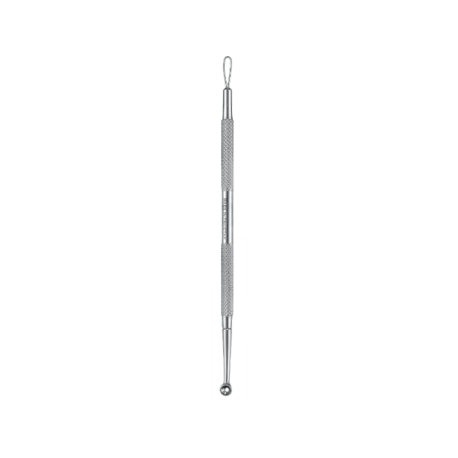

Beneath it, there may be white or yellow sebum and skin cells. When a person extracts a blackhead, the dark plug may come off. It can also damage and stretch the pore, making it appear bigger. Trying to extract sebaceous filaments can injure the skin and cause scarring. Or, the filament may not produce anything. If a person squeezes, or “extracts,” a sebaceous filament, a white or yellow worm-like structure may ooze out. The dark color develops when the plug is oxidized through contact with the air. The dot may resemble the head of a pin, and it may be yellow, gray, or clear.Ī blackhead is a very dark plug at the top of a pore. Appearance and colorĪ noticeable sebaceous filament may look like a dark dot on the skin. The plug prevents oil from escaping through the pore.Ī sebaceous filament is a thin, hair-like structure that lines the inside of the pore and helps sebum travel to the skin’s surface. The key differences between blackheads and sebaceous filaments involve their: StructureĪ blackhead is a blockage or plug at the top of a pore. A person might easily confuse them for blackheads.

2015 3:23.When sebaceous filaments are noticeable, they can look like enlarged, darkened pores. Frontier Bioengineering and Biotechnology. Analytical methods in untargeted metabolomics: State of the art in 2015. Exploring the lipidome: Current lipid extraction techniques for mass spectrometry analysis. Effects of UV irradiation on the sebaceous gland and sebum secretion in hamsters. doi: 10.1111/j.Īkitomo Y, Akamatsu H, Okano Y, Masaki H, Horio T. Sebum levels during the first year of life. Enhanced access to the health-related skin metabolome by fast, reproducible and non-invasive WET PREP sampling. A key issue with skin surface analysis that remains unsolved is attributing the source of the metabolites found on the skin surface before meaningful biological interpretation.īiomarkers Lipidomics Metabolomics Sebum Sebum enrichment Sebum extraction.Īfghani J, Huelpuesch C, Schmitt-Kopplin P, Traidl-Hoffmann C, Reiger M, Mueller C. These applications will be possible with rapid advances in volatile headspace and lipidomics method development as well as the ability of the metabolomics community to annotate unknown species better. Sebum acts as a sink to environmental metabolites and has applications awaiting to be explored, such as biosecurity, cross-border migration, localised exposure to harmful substances, and high-throughput population screening. Sebum has a huge potential beyond skin research and understanding how one's physiological state affects or reflects on the skin metabolome via the sebaceous glands itself or by interactions with sebaceous secretion, will open doors for simpler biomonitoring. Most of the work carried out for untargeted analysis of metabolites associated with sebum has been in the recent two decades. The use of sebum is not limited to just skin diseases or drug monitoring but also demonstrated for other systemic disease. The sample preparation approaches vary depending on the analytes of interest and are summarised. Historically, about 15 methods of sampling have been used for sebum collection. The findings were summarised in this review.

The published literature was compartmentalised based on what the work contributed to in the following areas: the understanding about sebum, its composition, the analytical technologies used, or the purpose of use of sebum. To provide a commentary of the opportunities of using sebum as a diagnostic biofluid in the future.īibliometric analyses of selected keywords regarding skin surface analysis using the Scopus search engine from 1960 to 2022 was performed on 12th January 2023. To evaluate applications of sebum for clinical research, drug monitoring, and human biomonitoring. To provide an overview of various sebum sampling techniques with their associated challenges. Interest in sebomics has grown over the last decade due to its potential for rapid analysis following non-invasive sampling for a range of clinical and environmental applications. Sebum is a lipid-rich oily substance secreted by the sebaceous glands onto the skin surface for skin homeostasis, lubrication, thermoregulation, and environmental protection. Sebum-based metabolomics (a subset of "sebomics") is a developing field that involves the sampling, identification, and quantification of metabolites found in human sebum.


 0 kommentar(er)
0 kommentar(er)
